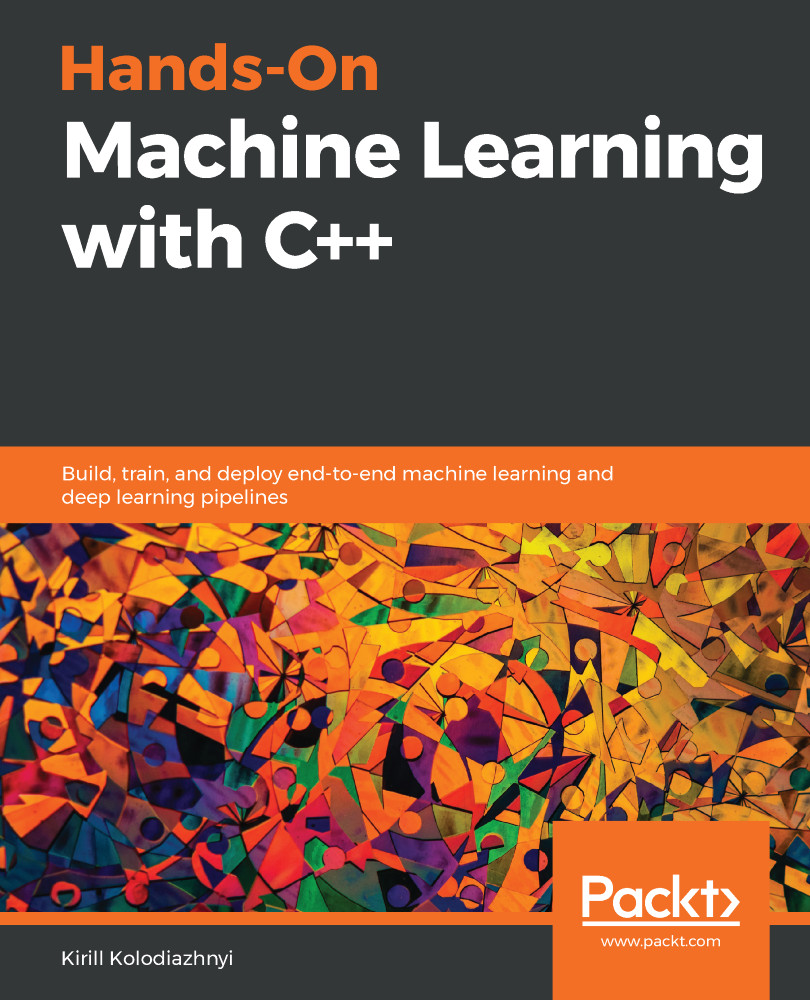This section describes the most popular linear methods that are used for dimension reduction.
Exploring linear methods for dimension reduction
Principal component analysis
Principal component analysis (PCA) is one of the most intuitively simple and frequently used methods for applying dimension reduction to data and projecting it onto an orthogonal subspace of features. In a very general form, it can be represented as the assumption that all our observations look like some ellipsoid in the subspace of our original space. Our new basis in this space coincides with the axes of this ellipsoid. This assumption allows us to get rid of strongly correlated features simultaneously since the basis vectors of the space we project them...













































































